We love fresh cherries in our house - a bag of them does not last very long between the four of us. But a recent chance pull of some double cherries led us to set down the bag and learn some science instead! We guessed that these double wonders were products of a seed split or maybe some genetic mutation. So, we weren't so keen to actually eat them. But after a bit of research, we learned … [Read more...]
InstaScience at Elemental Blogging
Your home for digital nature study resources and teaching science at home tips!
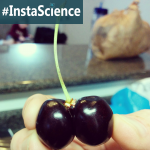
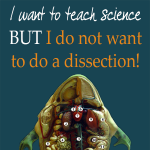
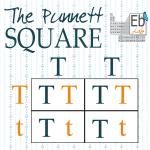
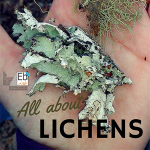
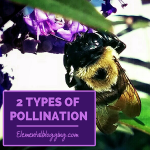
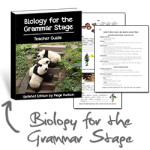


Join the Community!